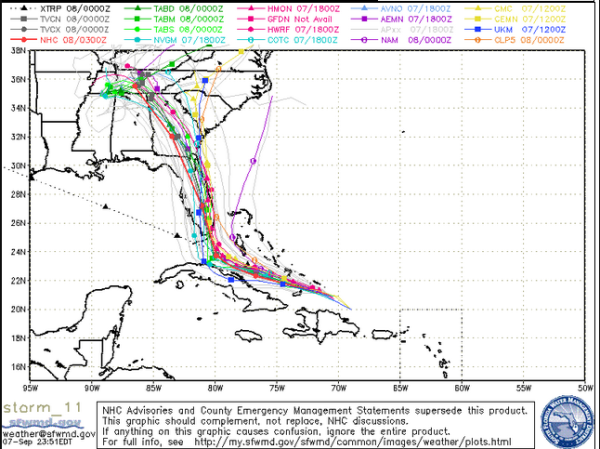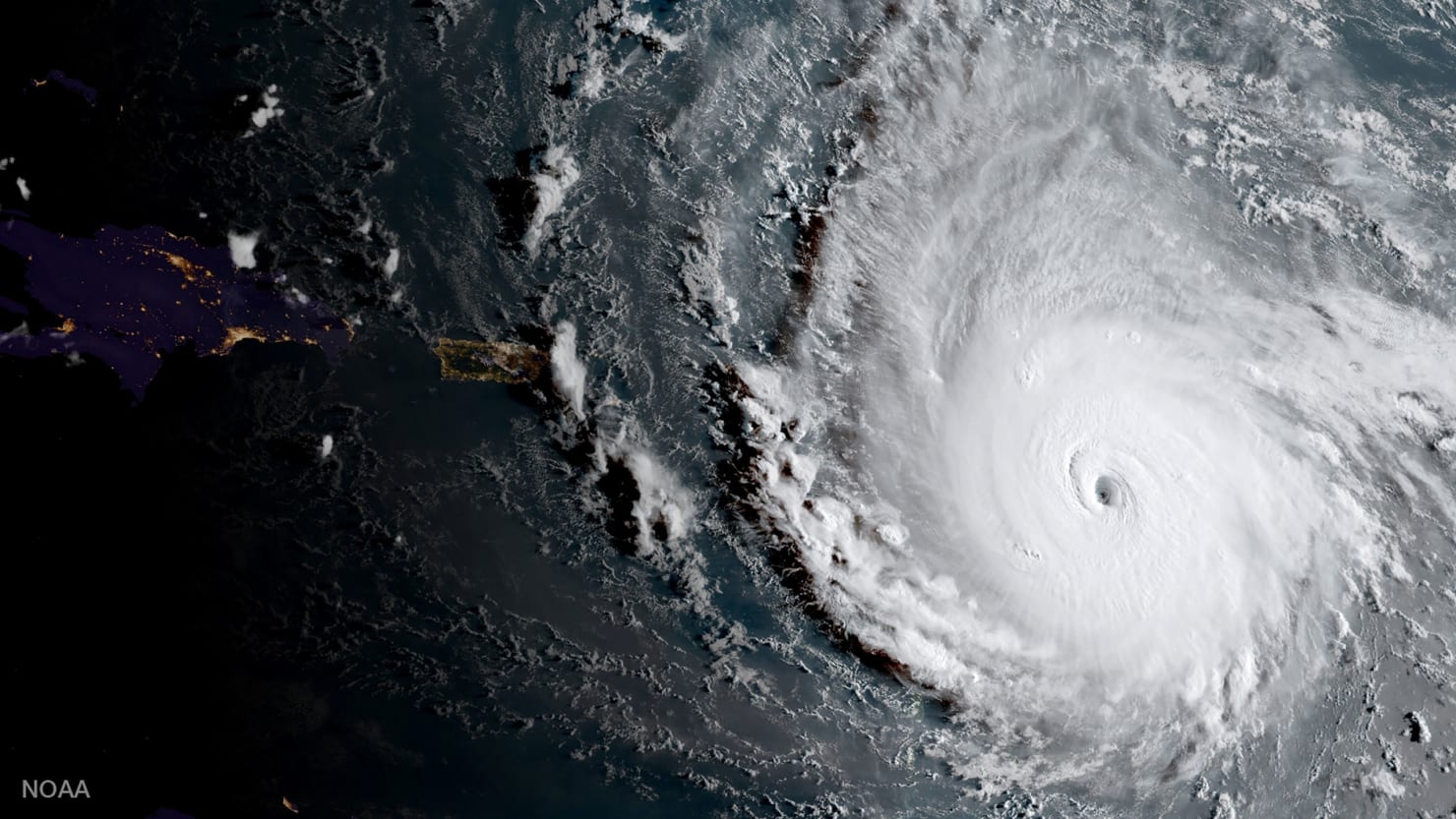- Lessons Learned: Hurricane Irma
Lessons Learned: Hurricane Irma
Preparing for the Future by Understanding the Past
One best practice of hurricane preparedness is to evaluate how your response plan performed during previous hurricanes and tropical storms. This process helps refine your organization's decision-making processes and how you respond to future threats.
Even if your organization wasn't directly impacted by a specific hurricane, there are still lessons to be learned. By understanding the past, we can become better equipped to understand the future.
Read the Lessons Learned from Barry, Harvey, Ida, Irma and Laura.
Hurricane Irmawas a powerful Category 5 hurricane that caused widespread damage across the Caribbean and Florida in September 2017. Irma made landfall in seven different locations along five different Caribbean islands and along different locations in Florida.
Model Guidance
Early in Irma’s lifecycle, StormGeo meteorologists were seeing indications that Irma could become a major hurricane, although the forecast confidence was low as the storm was still early in its track. As Irma tracked across the northeast Caribbean islands, meteorologists saw indications that the storm could curve northward aiming the storm toward Florida. The timing of the curve would be crucial to determining which areas should start preparing for the worse impacts.
To determine where a storm will track, meteorologists start by looking at computer models. There are dozens of different models with variables of input, but two of the most well-known are NOAA’s Global Forecasting System (the GFS) and the European Centre for Medium-Range Weather Forecasts (ECMWF, or the European model). Each of the models is designed for a different purpose and not all should be considered when determining where a specific storm will track. Meteorologists evaluate the model tracks along with other available storm data, including expertise on how the models adjust for these variables when setting their track for a storm.
The “spaghetti plots” for Irma showed many different variables for how the storm would impact the Florida coast. These model maps should not be used to make preparedness decisions as they do not factor in the experience of a meteorologist, the quality and design of the model, or the uncertainty of the forecast. See how the models differed widely on where Irma would make its northward turn toward Florida:

Lesson to be Learned
StormGeo is the only private weather company to issue its own tropical forecasts. The meteorologists evaluate multiple models and develop a deterministic track that represents the most likely track and intensity of the storm. As can be seen from the model runs posted earlier in the article, this deterministic track changes as the storm progresses and new data is considered. Basing your hurricane response plan on one forecast is risky, especially if the forecast is made to the public about a wide region. The deterministic track is also not suited to convey forecast uncertainty.
Irma was a great example of how a probabilistic forecast like StormGeo’s ensemble-based Threatened Regions from Active Cyclones (TRAC) guidance is a very useful tool for forecasting hurricane tracks. TRAC examines the different model runs and creates a probabilistic forecast that shows the likelihood that the storm will track within 150 miles of any location. TRAC guidance did an excellent job predicting Irma’s impact into northern Cuba on Friday/Saturday, followed by a northward turn and a track right up the Florida Peninsula. Take a look at the TRAC guidance compared to the deterministic forecast for Irma.

Hurricane Irma’s Impact on Medxcel
Medxcel, a healthcare management company with facilities across the U.S., partnered with StormGeo to receive decision support for three facilities in Florida, including a nursing home and two hospitals, during Hurricane Irma. Impacts from high wind speeds and flooding from storm surge and rainfall were serious concerns in many areas across Florida with many local authorities issuing evacuation orders.
StormGeo’s site-specific forecast showed that the wind, rainfall and storm surge would cause some flooding, but not to the extent where it would be detrimental to the hospital and its patients. Medxcel was able to avoid a costly and potentially dangerous patient evacuation, allowing the hospital to continue to serve the community in the aftermath of the storm.

StormGeo delivers global tropical system updates and business decision guidance for your specific assets.
Interactive tropical storms and hurricane monitoring, tracking and impact analysis. Tropical storms and hurricanes are notoriously difficult to predict.
Hurricane and Typhoon Forecasting